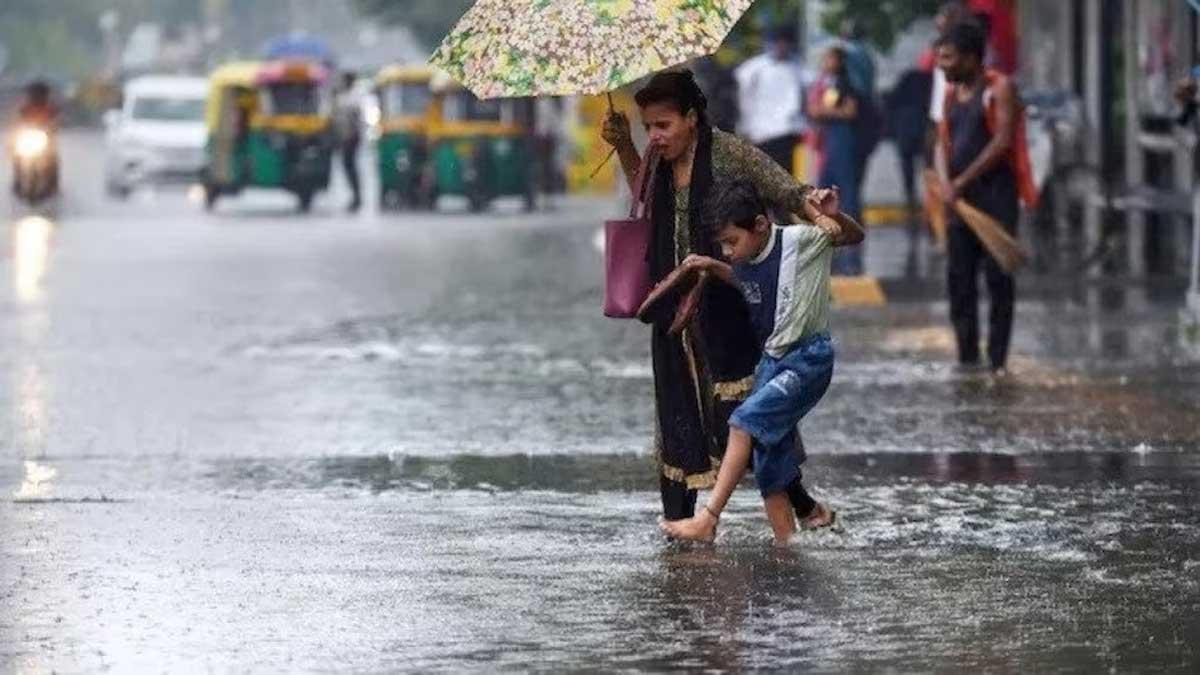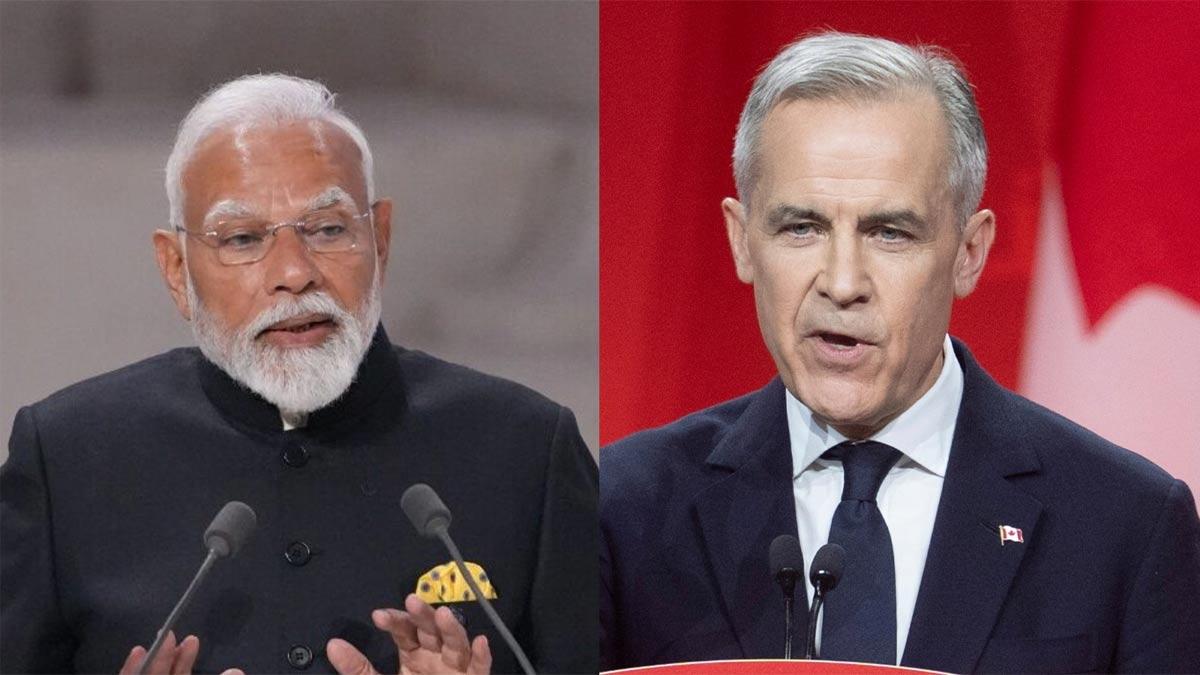After a drier-than-usual period in December and January, the India Meteorological Department (IMD) announced on Wednesday that north India is expected to witness normal to above-normal rainfall in February. Addressing a press conference, IMD Director General Mrutyunjay Mohapatra highlighted the cumulative possibility of above-normal rainfall across the country for the month. Northwest India experienced exceptionally low rainfall of just 3.1 mm in January, the second lowest since 1901.
North India, comprising seven meteorological sub-divisions, is anticipated to receive above-normal rainfall, exceeding 122 percent of the long period average, in February. The IMD predicts that the overall monthly rainfall for the country in February is likely to be above normal, surpassing 119 percent of the long period average.
The forecast indicates normal to above-normal rainfall for northeast and central India, while south peninsular India may experience below-normal rainfall. Additionally, most regions in the country are expected to witness above-normal minimum temperatures.
In terms of temperatures, northwest, west-central, northeast, and parts of east-central India are projected to have above-normal maximum temperatures in February. Conversely, normal to below-normal maximum temperatures are predicted for most parts of peninsular India and certain areas of east-central India.
The IMD also mentioned that below-normal cold wave days are expected in some parts of central India during February. The announcement comes as the strong El Nino conditions, characterized by abnormal warming of surface waters in the central Pacific Ocean, are anticipated to gradually weaken. The conditions are expected to shift to ENSO neutral conditions by the end of the spring season. Most models indicate a transition to La Nina conditions, considered favorable for the Indian southwest monsoon, around July-September, according to Mohapatra.
(With Agency Inputs)
Read also| Delhi Grapples with 'Severe' Air Quality for Most Days in January
Read also| Delhi Witnesses Minimum Temperature of 8.7°C, Air Quality Index Declared 'Very Poor'


















